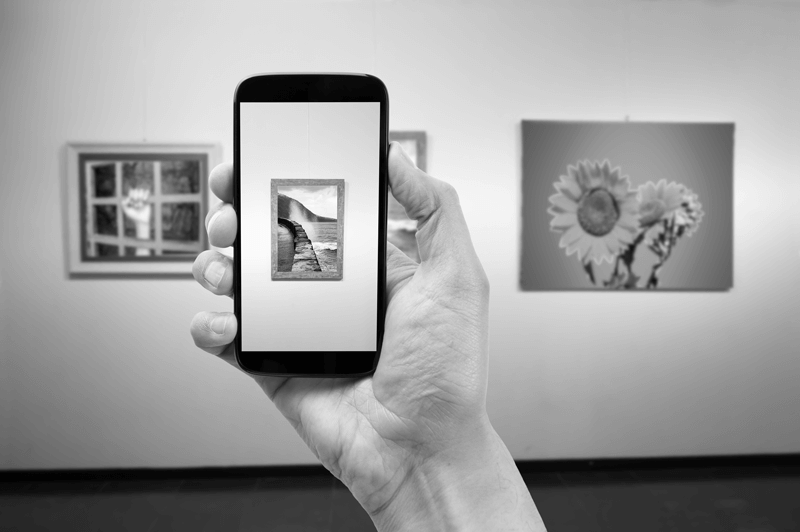As a freelance “MAKER”, I travel – just as my colleagues – a lot professionally. While being in different cities, I always like to take time between different business meetings to visit local museums and their exhibitions. As it became usual in my generation, and also in my occupational group, I always have electronic devices with me, among others a small laptop. Digitalization is part of my daily work as well as part of my way of life and passion. Generally, within our society, the so-called digital revolution has made the digital devices part of the life, learning and workspace.
In the last few months I repeatedly tried to go to museums and their exhibitions between two business meetings – however unfortunately in some cases I had to return my ticket. Digital devices like a laptop are not allowed, due to their size, to be taken with in museums but need to be locked away without any take-over of liability! WLAN isn’t provided for visitors to search additional information to this particular exhibition and digital media are (almost) not installed in the exhibitions as a teaching method or knowledge transfer.
By these experiences and my annoyance due to these missed visits of exhibitions, I ask myself the following questions:
- Why do museums not adjust to the changed ways of life from today (for example concerning packing away luggage, taking laptop computers into the exhibitions)?
- Why aren’t WLAN or the use of different digital media taken as a company or support in exhibitions?
- Are indeed only senior citizens targeted by the exhibitions, who, as 20 years ago, still go without digital devices into exhibitions and who plan their visits long term as an excursion and not spontaneously between two business meetings?
- Does the procedure of museums have actually only “insurance-specific” reasons or is it simply a conventional procedure for decades which no one hasn’t turned upside down yet?
With my article I wouldn’t like to accuse the previous procedures or work of the museums. But I would like to draw your attention to the fact that the handling has strongly changed with regard to digital devices and media within the last few years. Therefore, also museums should urgently participate in the process of being tested in terms of their procedures for the past years and adapt to today’s ways of life. Museums should no longer simply be taken as an opportunity for Sunday excursions but instead become a bigger part of the everyday life. And this is only possible if one can visit an exhibition between two business meetings with a laptop – or simply a solution is found that valuables can be supervised including liability. And what about including conference rooms or co-working spaces into the museums? Museums are regarded as premises of creativity where old and new come together, where different sectors and areas of life meet and where innovation can arise. Museums are often ideally situated, directly in the city center at central squares where different social classes and generations meet. Communities and city councils must increase the usage of this space and take up these opportunities in today’s digital age. It is true – the digital age is a challenge, but one that one has to face and which offers many opportunities to tear up and reorganize traditions. I hope that museums take this challenge of today’s digital way of life more intense as soon as possible – our society can only profit from it!
Ann-Katrin Hardenberg, THE MAK’ED TEAM


